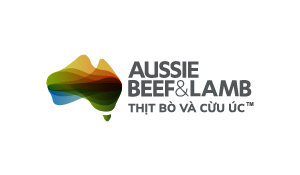What are the key factors behind the growing preference for Australian Chilled Beef among global consumers?
Australian processors consider the following four factors to play a key role in controlling the growth of microorganisms on meat in vacuum packs.
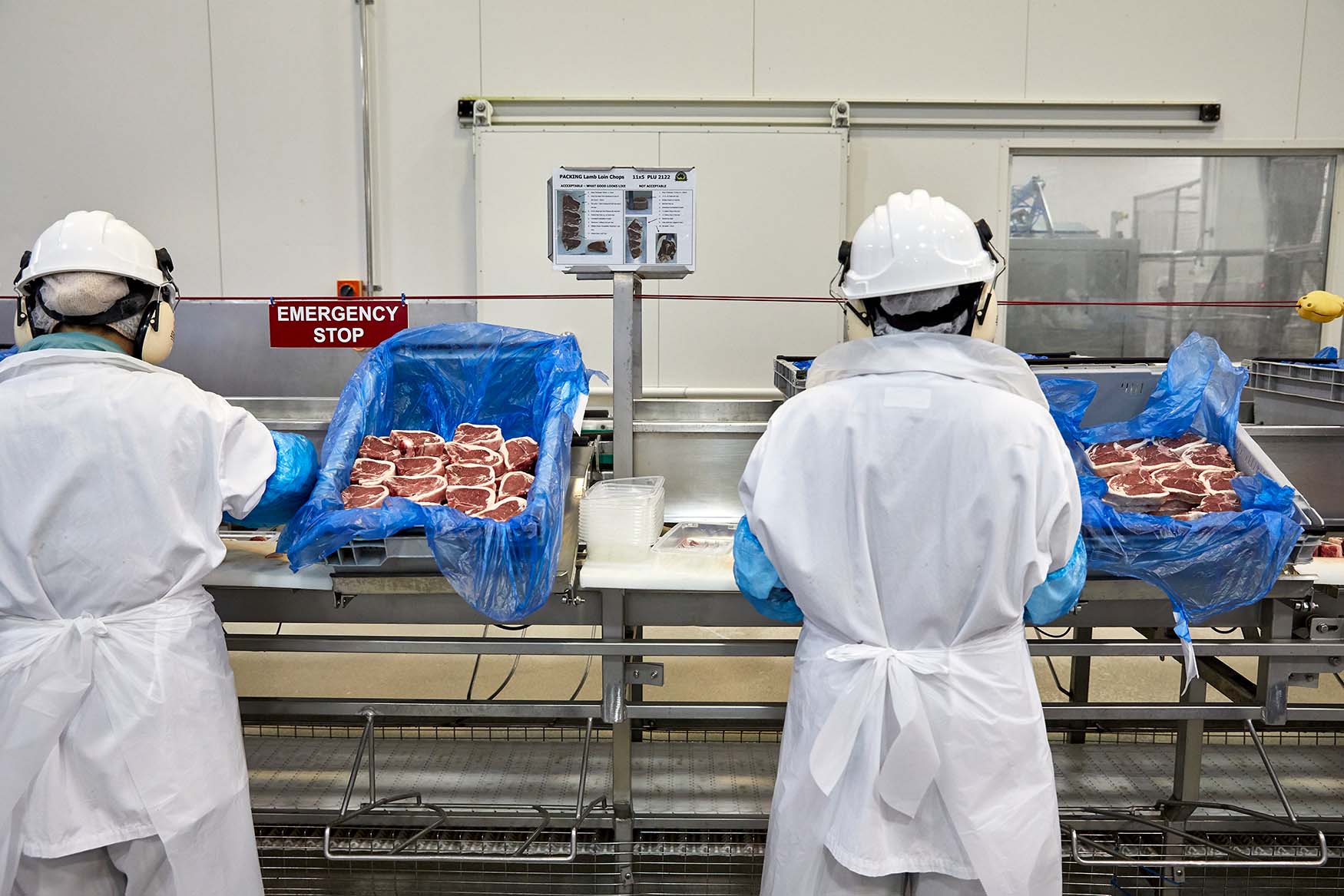
Australian Processing Conditions
The cleanliness of cattle prior to slaughter (due to being grassfed) and the decreased processing speeds at slaughter result in lower microbial counts, decreasing the potential for contamination on meat surfaces. As noted earlier, all export-accredited processors have Australian government auditable HACCP procedures, high food safety and hygiene standards in place.
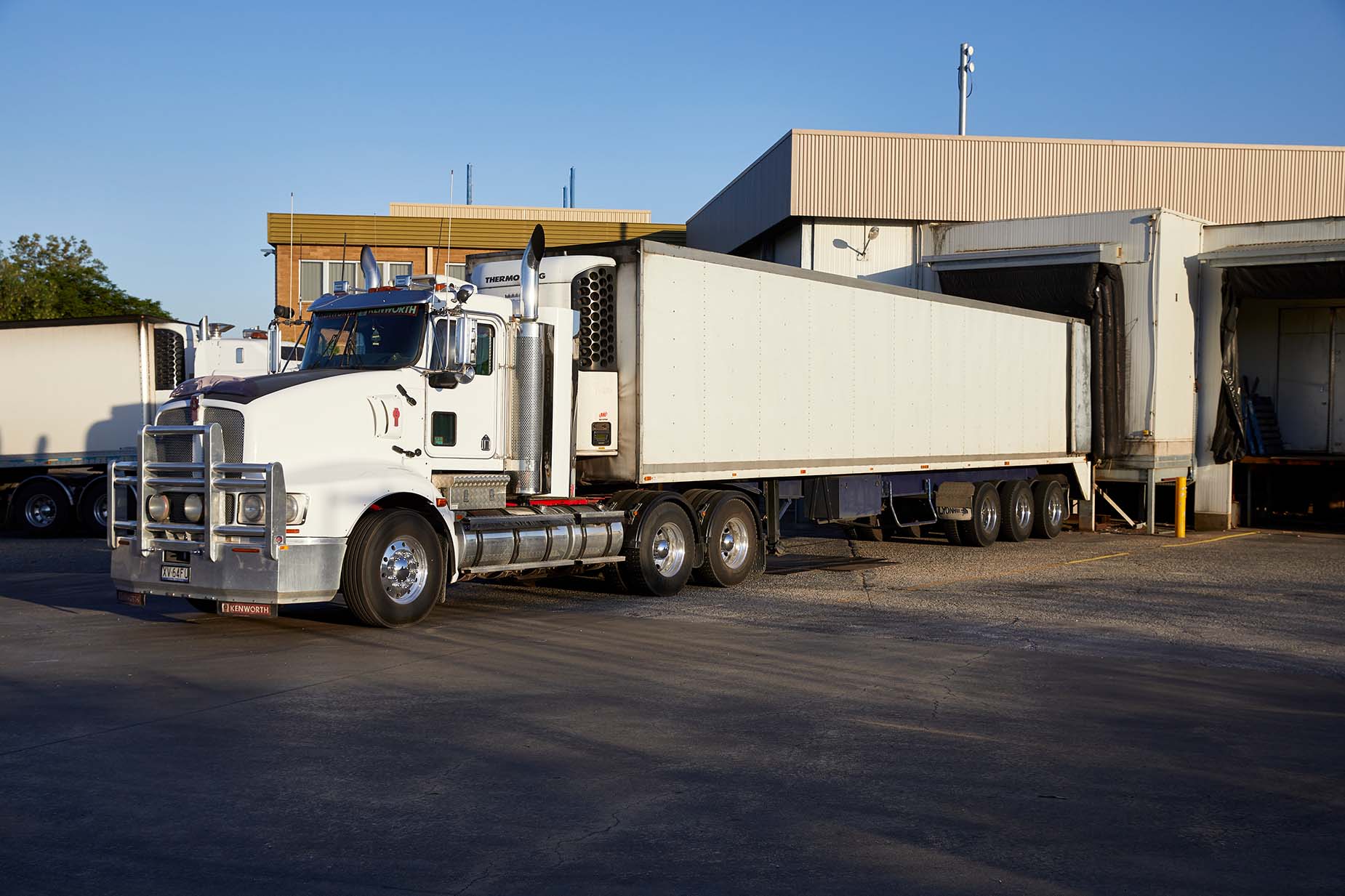
Temperature
Microbial growth rates at 0°C to 1°C are only about half those at 5°C. Keeping storage temperature as low as -1°C without freezing the meat is the best way to maximise shelf life. Australian meat is typically transported at -1.5°C to -0.5°C.
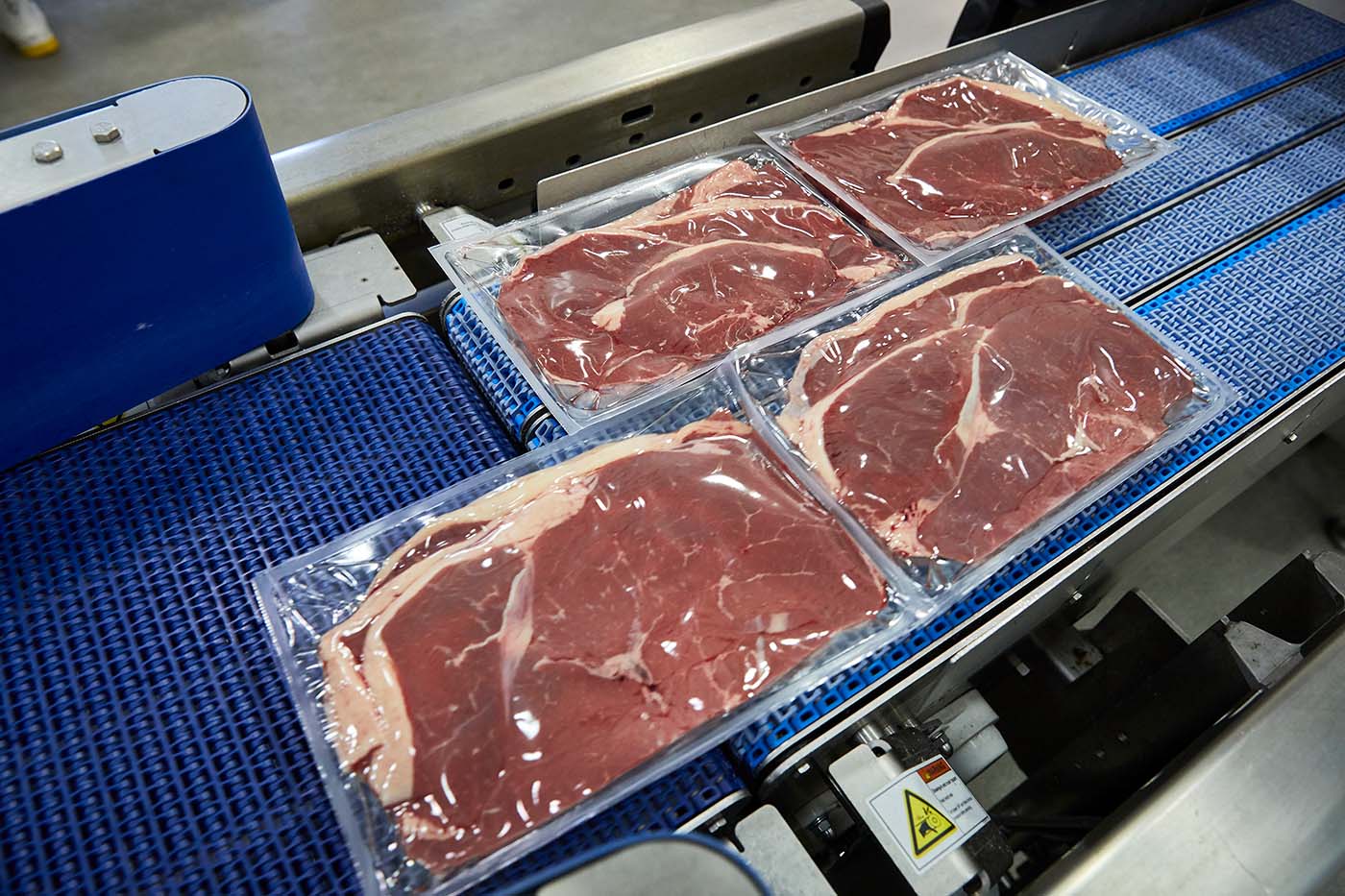
Gas Atmosphere in the Vacuum Packaging
The basis of effective vacuum packaging to prevent spoilage and prolong the shelf life of meat is the oxygen-free environment, which inhibits the growth of spoilage bacteria, while still allowing the natural tenderising process of ageing to continue.
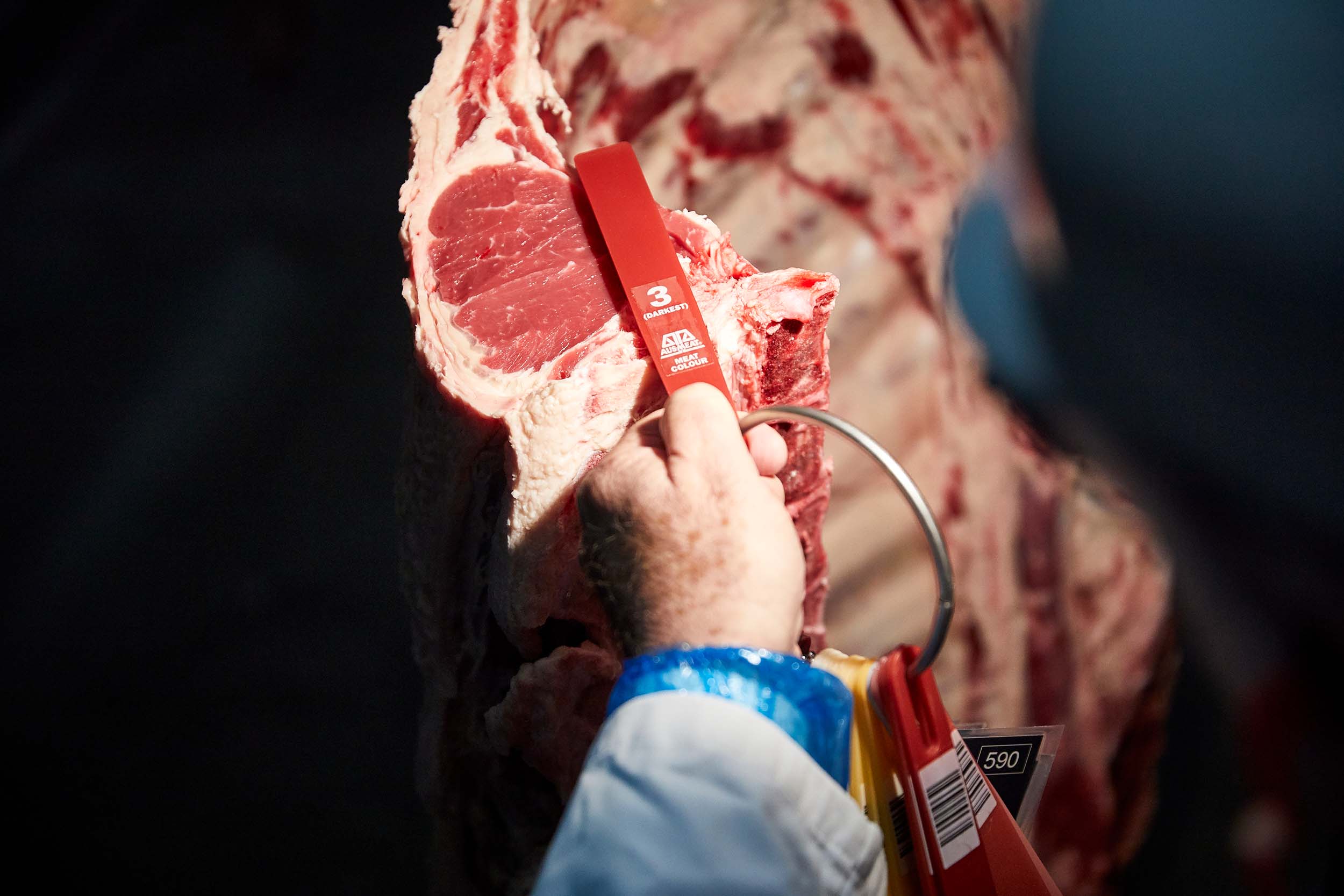
The Meat’s pH
High pH meat (pH6.0 and higher—the traditional definition of a ‘dark cutter’) will spoil more quickly than meat below pH6, as some bacteria are able to survive in this high pH environment. By excluding meat from the carcasses where the meat pH is greater than 6, processors can eliminate these spoilage problems.

